
The Enigmatic Poblacion District of Davao City
Discover the vibrant heart of Davao City in Poblacion District, where history, culture, and modernity converge in a lively and colorful setting.
Nestled in the heart of Davao City, the Poblacion District is a vibrant blend of history, culture, and modernity. Known for its bustling streets and colorful markets, this district offers tourists a unique glimpse into the everyday life of the Davaoeños. From the historic San Pedro Cathedral to the lively Magsaysay Park, there is no shortage of attractions to explore. For food enthusiasts, Poblacion District is a culinary delight. The area is dotted with numerous eateries, offering everything from traditional Filipino dishes to international cuisine. Don't miss the chance to visit the local markets, where you can sample fresh fruits like the famous Durian, a staple of Davao. Art lovers will find the district's galleries and street art fascinating. The Mindanao Folk Arts Museum showcases the rich cultural heritage of the region, while various art installations around the district add a contemporary touch. Whether you are here for a short visit or an extended stay, Poblacion District promises an unforgettable experience.
Local tips in Poblacion District
- Visit San Pedro Cathedral early in the morning to avoid the crowds.
- Try the local street food, especially the Durian, for an authentic taste of Davao.
- Check out Magsaysay Park in the evening for a relaxing stroll and local entertainment.
- Bring cash as some local markets and smaller eateries may not accept credit cards.
The Enigmatic Poblacion District of Davao City
Nestled in the heart of Davao City, the Poblacion District is a vibrant blend of history, culture, and modernity. Known for its bustling streets and colorful markets, this district offers tourists a unique glimpse into the everyday life of the Davaoeños. From the historic San Pedro Cathedral to the lively Magsaysay Park, there is no shortage of attractions to explore. For food enthusiasts, Poblacion District is a culinary delight. The area is dotted with numerous eateries, offering everything from traditional Filipino dishes to international cuisine. Don't miss the chance to visit the local markets, where you can sample fresh fruits like the famous Durian, a staple of Davao. Art lovers will find the district's galleries and street art fascinating. The Mindanao Folk Arts Museum showcases the rich cultural heritage of the region, while various art installations around the district add a contemporary touch. Whether you are here for a short visit or an extended stay, Poblacion District promises an unforgettable experience.
Iconic landmarks you can’t miss
People’s Park Davao
Discover the lush landscapes and cultural artistry of People's Park Davao, a tranquil urban retreat in the heart of the city.

Roxas Night Market
Discover the vibrant flavors of the Philippines at Roxas Night Market, Davao City's must-visit destination for street food and local crafts.
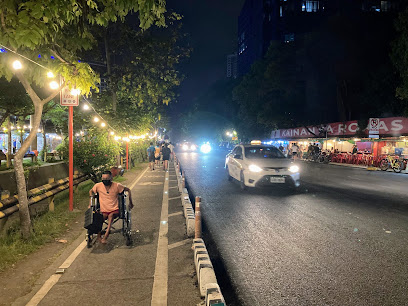
Ramon Magsaysay Park
Discover the beauty of nature and vibrant culture at Ramon Magsaysay Park, a serene oasis in the heart of Davao City.
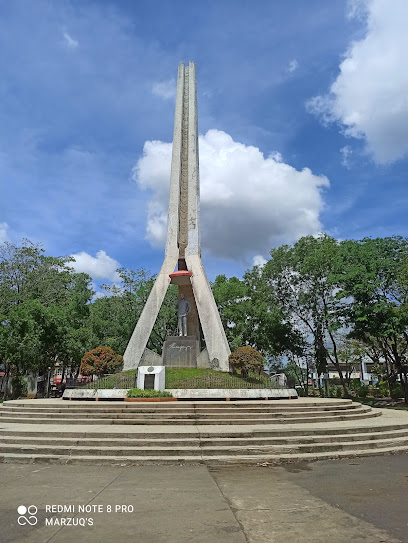
Rizal Park
Experience the tranquility and cultural richness of Rizal Park, a beautiful urban oasis in the heart of Davao City.

D' Bone Collector Museum
Explore the captivating world of zoology at D' Bone Collector Museum, a top tourist attraction in Davao City showcasing thousands of bone specimens.
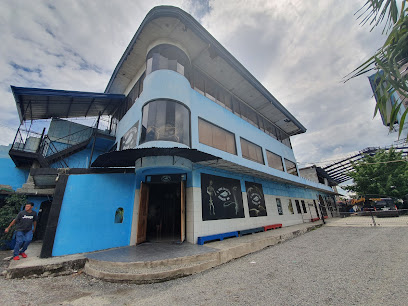
Osmeña Park
Discover the beauty and serenity of Osmeña Park, a vibrant urban oasis in Davao City, rich in history and natural charm.

Freedom Park
Explore the lush landscapes and vibrant culture of Freedom Park in Davao City, a tranquil urban escape perfect for relaxation and leisure.
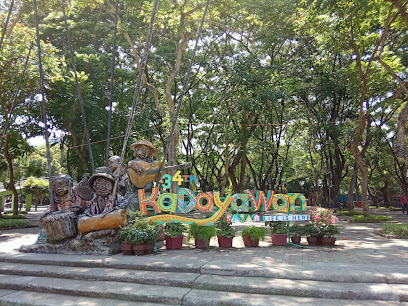
Botanical Garden
Explore the Botanical Garden in Davao City - a breathtaking oasis of diverse flora, tranquil pathways, and rich biodiversity perfect for nature lovers.
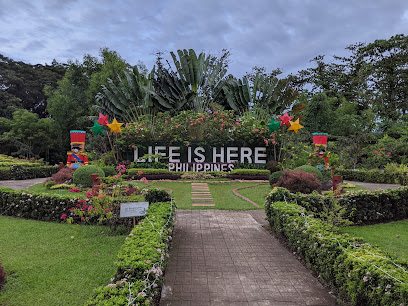
The Commemorative Monument of Peace and Unity
Explore the Commemorative Monument of Peace and Unity in Davao City, a tribute to resilience and harmony amidst diverse cultures.
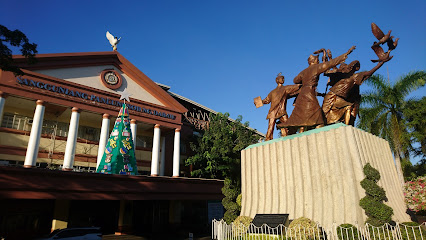
Arch of Prosperity
Discover the Arch of Prosperity in Davao City, a historical landmark that embodies the rich culture and heritage of the Philippines, perfect for exploration and photography.
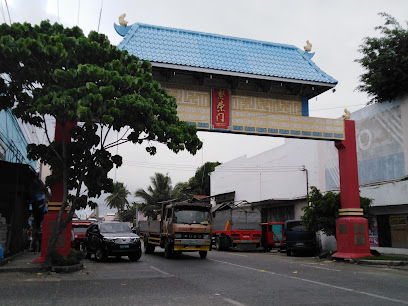
Unmissable attractions to see
People’s Park Davao
Explore the beauty and culture of Davao City at People's Park, a vibrant urban oasis filled with art, greenery, and local charm.
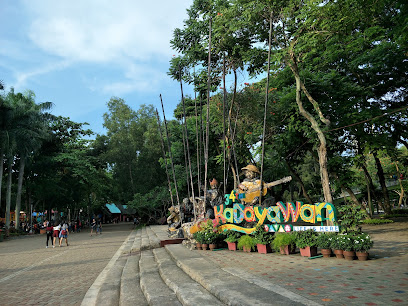
Davao Riverfront Crocodile Park & Zoo
Discover the fascinating wildlife at Davao Riverfront Crocodile Park & Zoo, a premier destination for animal lovers and families in the heart of Davao City.
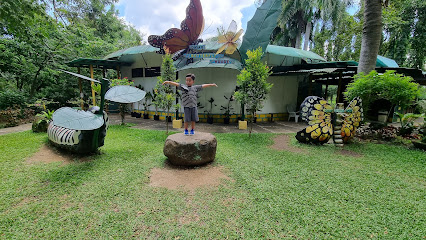
Ramon Magsaysay Park
Explore the natural beauty and cultural heritage at Ramon Magsaysay Park, a serene escape in Davao City perfect for relaxation and discovery.
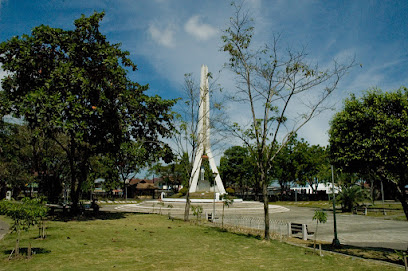
Rizal Park
Discover the beauty and tranquility of Rizal Park, a green haven in Davao City filled with history, culture, and recreational activities.
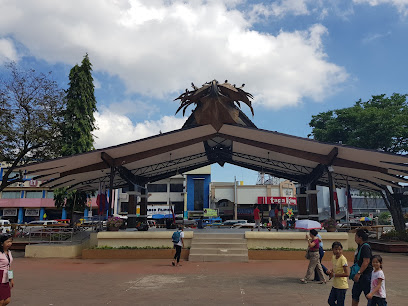
D' Bone Collector Museum
Discover the intricate world of marine and terrestrial life at D' Bone Collector Museum, Davao's premier natural history attraction.
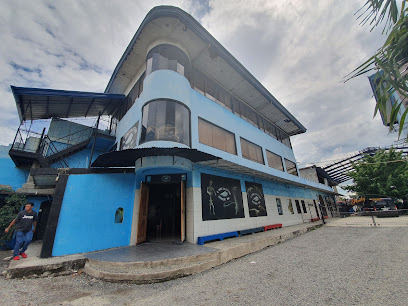
Osmeña Park
Experience the serene beauty of Osmeña Park, a lush urban retreat in the heart of Davao City, perfect for relaxation and leisure.
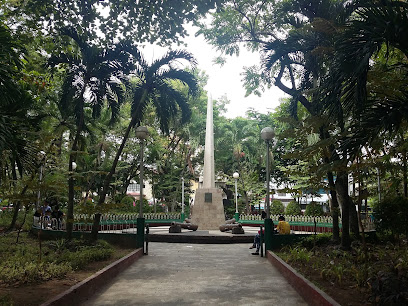
Museo Dabawenyo
Explore the rich history and culture of Davao at Museo Dabawenyo, a local history museum featuring fascinating artifacts and engaging exhibits.
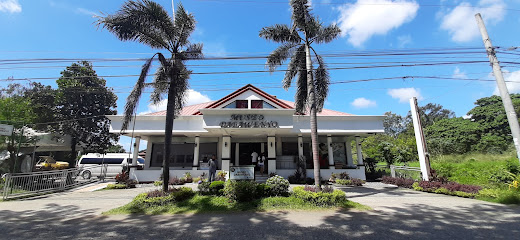
Tribu K'Mindanawan Cultural Village
Discover the vibrant cultural heritage of Mindanao at Tribu K'Mindanawan Cultural Village, where art, tradition, and community come together.
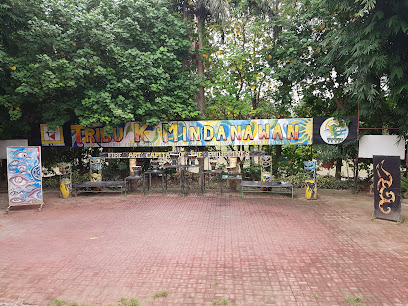
Davao Butterfly House Inc.
Immerse yourself in the vibrant world of butterflies at Davao Butterfly House, a must-visit attraction in Davao City, Philippines.
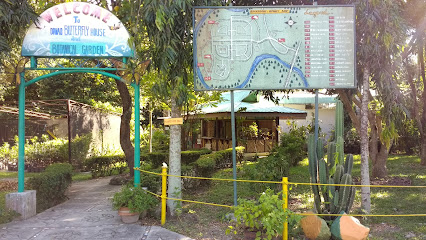
Mel's Davao Food Tour
Explore the culinary treasures of Davao City with Mel's Davao Food Tour, where each bite tells a story of culture and tradition.
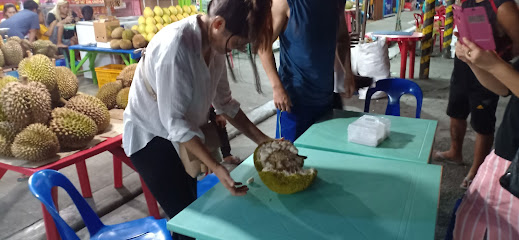
Essential places to dine
Davao Dencia's Restaurant
Experience authentic Filipino cuisine at Davao Dencia's Restaurant in the heart of Davao City, where tradition meets flavor.
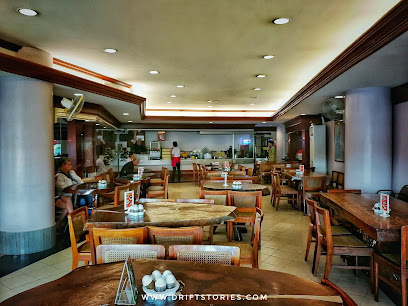
Davao Famous Restaurant
Discover authentic Chinese cuisine at Davao Famous Restaurant - a must-visit culinary destination in Davao City.

Rekado Filipino Comfort Cuisine
Discover the rich flavors of traditional Filipino cuisine at Rekado - where comfort meets authenticity in Davao City.
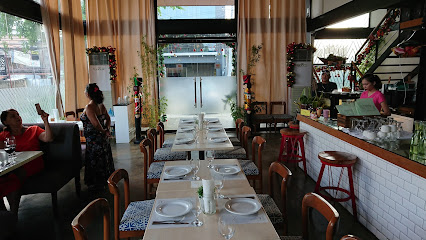
The Fat Cow
Discover unique flavors at The Fat Cow in Davao City - where culinary excellence meets inviting ambiance.
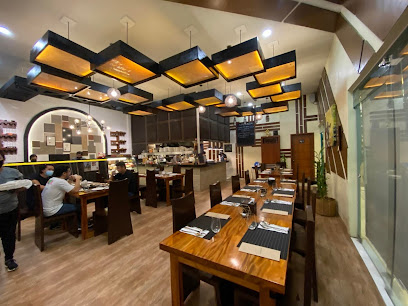
Bondi&Bourke Davao
Experience an exquisite blend of Australian cuisine and local flavors at Bondi&Bourke Davao - where every meal tells a story.
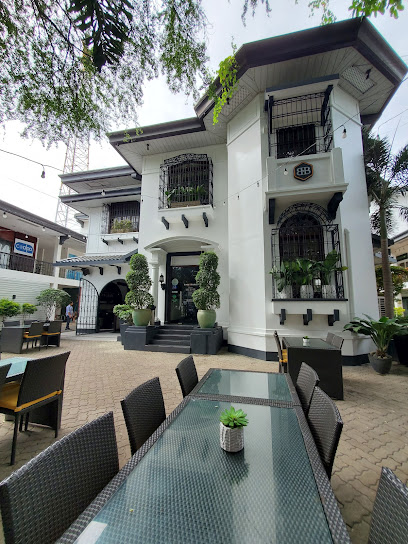
Davao Famous Restaurant - Obrero Branch
Experience authentic Chinese flavors at Davao Famous Restaurant - Obrero Branch, where every dish tells a story.
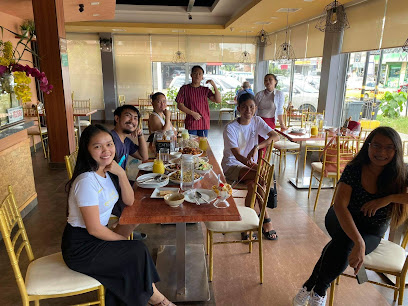
De Bonte Koe European Bar and Restaurant
Experience authentic European flavors at De Bonte Koe in Davao City - where every meal is a journey through Europe.
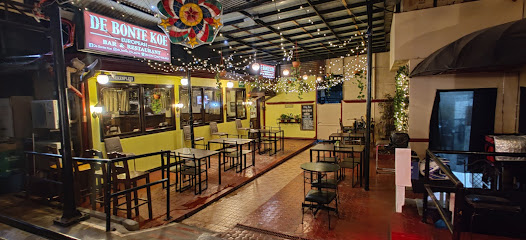
Harana Restaurant
Discover the rich flavors of Filipino cuisine at Harana Restaurant in Davao City—where tradition meets taste in every dish.

Tola, Kan-anan sa Balay Oboza
Experience authentic Filipino cuisine at Tola, Kan-anan sa Balay Oboza in Davao City - where every meal is a taste of tradition.
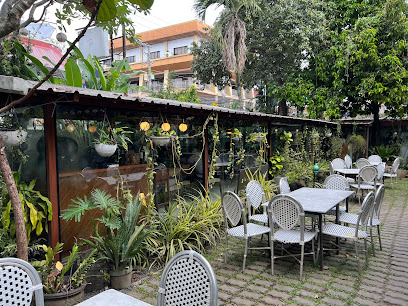
Azuo Bistro
Experience delightful American cuisine at Azuo Bistro in Davao City—where every meal is crafted with care.
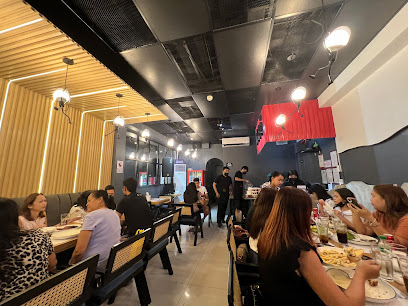
Markets, malls and hidden boutiques
Poblacion Market Central
Discover the authentic flavors and crafts of Davao City at Poblacion Market Central, the perfect shopping hub for tourists and locals alike.
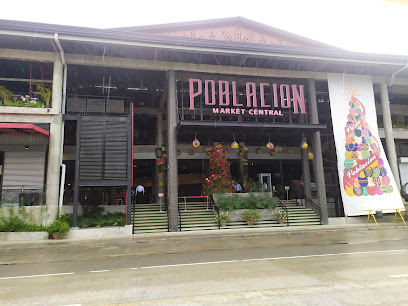
Chimes Flagship Store
Explore the Chimes Flagship Store in Davao City for unique local crafts, fashion, and gifts that showcase Filipino artistry and culture.

Jaydee's BOUTIQUE & GIFT SHOP
Uncover the essence of Davao with unique local crafts and gifts at Jaydee's BOUTIQUE & GIFT SHOP, a must-visit for every traveler.
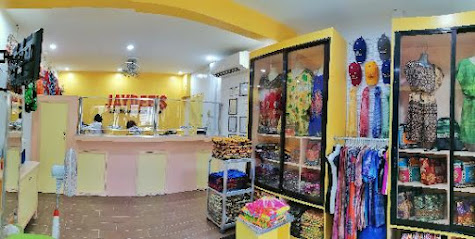
Anniequin Fashion Boutique
Discover fashion-forward styles and unique accessories at Anniequin Fashion Boutique in Davao City, your destination for chic shopping.

Omnor Gift Shop
Explore the vibrant culture of Davao City through unique gifts and local treasures at Omnor Gift Shop.

Nurlika’s Souvenir Shop
Discover unique handicrafts and authentic souvenirs at Nurlika’s Souvenir Shop in Davao City, capturing the essence of local culture and artistry.
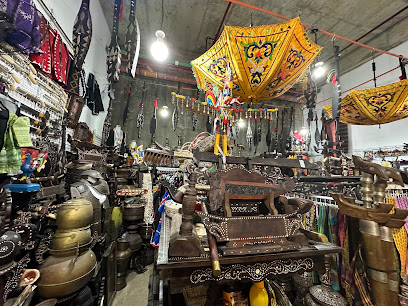
D'Landap Gift Shop
Explore D'Landap Gift Shop in Davao City for unique souvenirs that capture the heart of local culture and craftsmanship, perfect for every traveler.
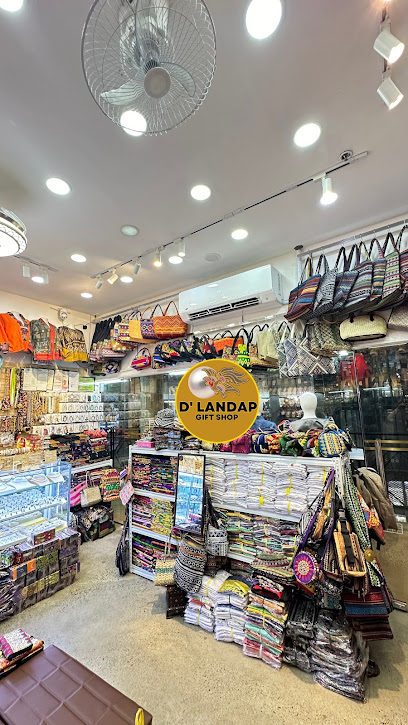
Coralyn's Store
Explore Coralyn's Store in Davao City for unique gifts, stylish bags, clothing, and beautiful fabrics that showcase local craftsmanship.

Nur-aimar's Gift Shop Batik
Explore Nur-aimar's Gift Shop Batik for authentic Filipino souvenirs and vibrant batik textiles in the heart of Davao City.

The A Shop
Explore the best in health and beauty at The A Shop in the heart of Davao City’s Poblacion District, where self-care meets local charm.

Essential bars & hidden hideouts
Huckleberry Southern Kitchen & Bar
Experience the fusion of Southern comfort food and local Davao flavors at Huckleberry Southern Kitchen & Bar, a culinary haven for tourists.
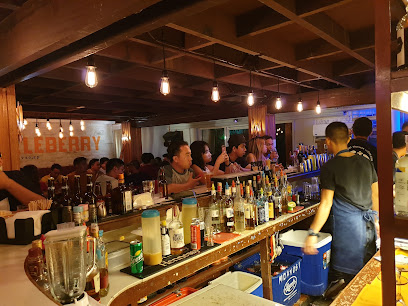
Secret Spot Davao
Experience Davao's lively nightlife at Secret Spot Davao, a bar known for its creative cocktails, vibrant atmosphere, and friendly service.
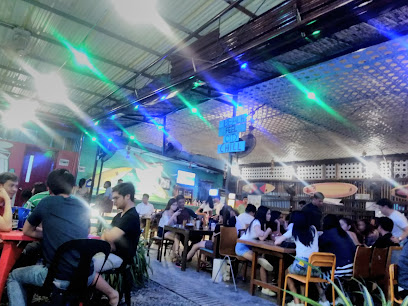
Suazo Bar
Experience the vibrant nightlife at Suazo Bar in Davao City, where great drinks and local culture come together for an unforgettable evening.
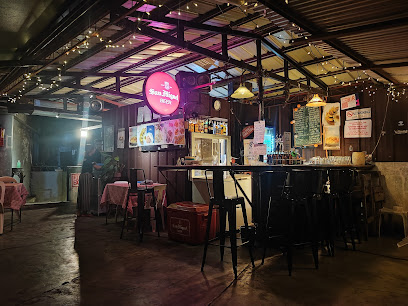
The William
Experience the vibrant nightlife of Davao City at The William, where creative cocktails and live music create unforgettable memories.

The Pre-Game
Experience the vibrant nightlife at The Pre-Game, Davao's premier bar for cocktails, camaraderie, and unforgettable memories.

Blue Room Jazz Bar
Experience the enchanting melodies and vibrant atmosphere at the Blue Room Jazz Bar in Davao City, where jazz meets exquisite drinks.
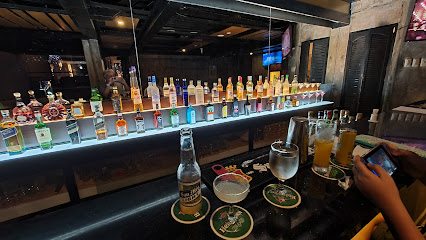
Obsession
Experience the vibrant nightlife of Davao City at Obsession, the bar that blends style, taste, and social energy.
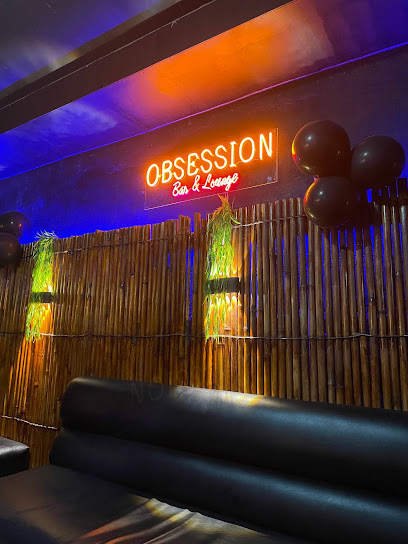
Graffiti Art Bar
Graffiti Art Bar: Where Vibrant Street Art Meets a Lively Nightlife in Davao City.
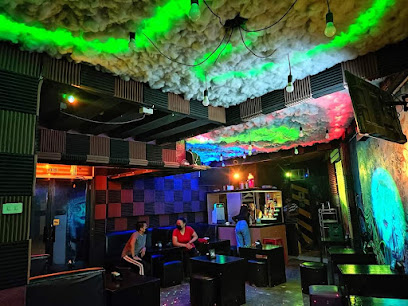
Travox Bar & Cocktail Lounge
Experience the best of Davao's nightlife at Travox Bar & Cocktail Lounge, where innovative cocktails meet a vibrant atmosphere.
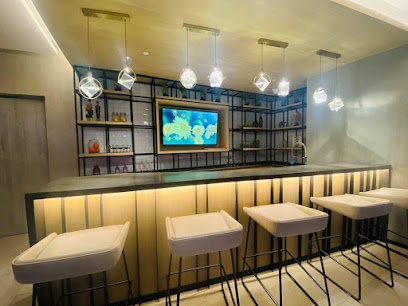
Publacion Restobar
Discover Davao City's vibrant nightlife at Publacion Restobar, where great food, drinks, and unforgettable moments await.
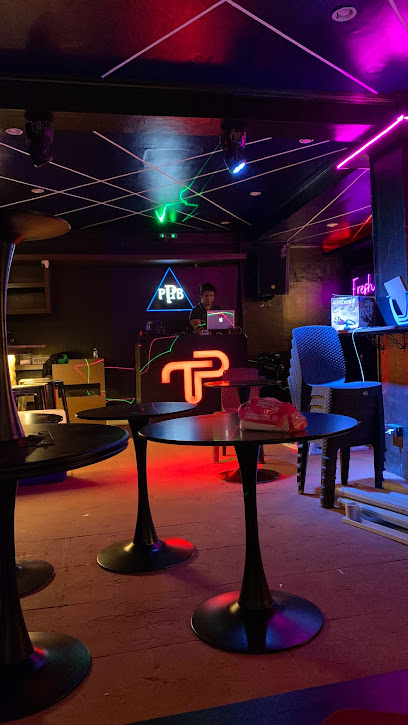
Local Phrases
-
- HelloKamusta
[ka-mus-ta] - GoodbyePaalam
[pa-a-lam] - YesOo
[o-o] - NoHindi
[hin-di] - Please/You're welcomeMangiyakon/ Walang anuman
[man-gi-ya-kon/ wa-lang a-nu-man] - Thank youSalamat
[sa-la-mat] - Excuse me/SorryPaumanhin/Patawad
[pa-u-man-hin/pa-ta-wad] - How are you?Kumusta ka?
[ku-mus-ta ka?] - Fine. And you?Mabuti. Ikaw?
[ma-bu-ti. i-kaw?] - Do you speak English?Nagsasalita ka ba ng Ingles?
[nag-sa-sa-li-ta ka ba ng ing-les?] - I don't understandHindi ko maintindihan
[hin-di ko main-tin-di-han]
- HelloKamusta
-
- I'd like to see the menu, pleaseGusto ko makita ang menu, pakisuyo
[gus-to ko ma-ki-ta ang me-nu, pa-ki-su-yo] - I don't eat meatHindi ako kumakain ng karne
[hin-di a-ko ku-ma-ka-in ng kar-ne] - Cheers!Mabuhay!
[ma-bu-hay!] - I would like to pay, pleaseGusto ko magbayad, pakisuyo
[gus-to ko mag-ba-ya-ad, pa-ki-su-yo]
- I'd like to see the menu, pleaseGusto ko makita ang menu, pakisuyo
-
- Help!Tulong!
[tu-long!] - Go away!Lumayo ka!
[lu-ma-yo ka!] - Call the Police!Tumawag ka ng pulis!
[tu-ma-wag ka ng pu-lis!] - Call a doctor!Tumawag ka ng doktor!
[tu-ma-wag ka ng dok-tor!] - I'm lostNawawala ako
[na-wa-wa-la a-ko] - I'm illMay sakit ako
[may sa-kit a-ko]
- Help!Tulong!
-
- I'd like to buy...Gusto ko bumili ng...
[gus-to ko bu-mi-li ng...] - I'm just lookingNagmamasid lang ako
[nag-ma-ma-sid lang a-ko] - How much is it?Magkano ito?
[mag-ka-no i-to?] - That's too expensiveMasyadong mahal iyan
[ma-sya-dong ma-hal i-yan] - Can you lower the price?Maaari mo bang ibaba ang presyo?
[ma-a-ri mo bang i-ba-ba ang pres-yo?]
- I'd like to buy...Gusto ko bumili ng...
-
- What time is it?Anong oras na?
[a-nong o-ras na?] - It's one o'clockAlas-una na
[a-las-u-na na] - Half past (10)Kalahating (sampu)
[ka-la-ha-ting (sam-pu)] - MorningUmaga
[u-ma-ga] - AfternoonHapon
[ha-pon] - EveningGabi
[ga-bi] - YesterdayKahapon
[ka-ha-pon] - TodayNgayon
[ngay-on] - TomorrowBukas
[bu-kas] - 1Isa
[i-sa] - 2Dalawa
[da-la-wa] - 3Tatlo
[tat-lo] - 4Apat
[a-pat] - 5Lima
[li-ma] - 6Anim
[a-nim] - 7Pito
[pi-to] - 8Walo
[wa-lo] - 9Siyam
[siyam] - 10Sampu
[sam-pu]
- What time is it?Anong oras na?
-
- Where's a/the...?Saan ang...?
[sa-an ang...?] - What's the address?Ano ang address?
[a-no ang ad-dress?] - Can you show me (on the map)?Pwede mo ba akong ipakita (sa mapa)?
[pwe-de mo ba a-kong i-pa-ki-ta (sa ma-pa)?] - When's the next (bus)?Kailan ang susunod na (bus)?
[ka-i-lan ang su-su-nod na (bus)?] - A ticket (to ....)Isang tiket (papuntang...)
[i-sang ti-ket (pa-pun-tang...)]
- Where's a/the...?Saan ang...?
History of Poblacion District
-
Poblacion District is recognized as the historical heart of Davao City. It began as a small settlement in the late 19th century, primarily inhabited by indigenous groups such as the Bagobo and the Mandaya, along with early Spanish settlers. The district played a pivotal role in the establishment of Davao as a political and economic center, especially after the arrival of the Spanish in 1848, who marked the area for agricultural development.
-
During the American colonization in the early 20th century, Poblacion District underwent significant urbanization. The Americans introduced modern infrastructure, healthcare, and education systems. The establishment of Davao as a municipality in 1903 and later as a city in 1936 further propelled the area's growth, with Poblacion becoming a commercial hub that attracted settlers and businesses.
-
Poblacion District experienced the tumult of World War II, with Japanese forces occupying Davao City in 1942. The district was a key site for military strategies and logistics during this period. The local population faced hardships, including forced labor and resource scarcity. The liberation of Davao in 1945 marked a turning point, leading to reconstruction and revitalization efforts in Poblacion.
-
Over the decades, Poblacion District has evolved into a vibrant cultural melting pot. The district showcases a blend of indigenous, Spanish, and American influences, reflected in its architecture, festivals, and culinary offerings. Events like the Kadayawan Festival, which celebrates the rich cultural heritage of Davao, highlight the district's significance in promoting local traditions and arts.
-
In recent years, Poblacion District has seen rapid development, with the influx of businesses and tourism transforming the landscape. The district is now known for its nightlife, dining, and cultural attractions, making it a prime destination for both locals and tourists. Despite modernization, Poblacion maintains its historical charm, with landmarks such as the San Pedro Cathedral and the Davao Museum preserving its rich heritage.
Poblacion District Essentials
-
Poblacion District is centrally located in Davao City and is easily accessible from various neighborhoods. From the Davao International Airport, taxis and ride-hailing services like Grab are the most convenient options, taking approximately 30 minutes. If you're coming from other neighborhoods, jeepneys and buses are available; simply look for routes heading to 'Poblacion' or 'Centro' (the city center).
-
Poblacion District is pedestrian-friendly, making it easy to explore on foot. For longer distances, jeepneys and tricycles are widely available and affordable. Taxis and ride-hailing services provide a convenient option for reaching specific destinations. While there are no trains in Davao City, the local public transport system is reliable for getting around.
-
Poblacion District is generally safe for tourists, but it’s wise to remain vigilant. Avoid poorly lit areas at night and keep your belongings secure. Specific areas like the outskirts of the district may have higher incidences of petty crime. Always be cautious when approached by strangers and avoid displaying valuables.
-
In case of an emergency, dial 911 for police, fire, or medical assistance. Familiarize yourself with the location of the nearest hospital; the Davao Medical Center is a well-known facility. Carry a list of emergency contacts and ensure you have travel insurance that covers emergencies. Pharmacies are common and can provide basic medical supplies.
-
Fashion: Do wear light and breathable clothing suitable for the tropical climate; however, avoid overly revealing attire, especially in religious sites. Religion: Do respect local customs and practices; if visiting a church, dress modestly and be quiet. Public Transport: Do offer your seat to the elderly or disabled; don’t engage in loud conversations. Greetings: Do greet with a smile and a friendly 'Hello'; don’t use overly physical gestures unless you know the person well. Eating & Drinking: Do try local street food and delicacies; don’t waste food or refuse offerings from locals as it may be seen as impolite.
-
To experience Poblacion like a local, visit the vibrant night market along Roxas Avenue, where you can find a variety of street foods and local crafts. Engage with local vendors, as many are eager to share their stories and tips. Attend cultural events or festivals if your visit coincides, and don’t miss the chance to explore the many parks and landmarks scattered throughout the district, such as the San Pedro Cathedral.
Nearby Cities to Poblacion District
-
Things To Do in Cagayan de Oro
-
Things To Do in Camiguin
-
Things To Do in Siargao
-
Things To Do in Bohol
-
Things To Do in Zamboanga City
-
Things To Do in Cebu City
-
Things To Do in Manado
-
Things To Do in Boracay
-
Things To Do in Legazpi
-
Things To Do in Puerto Princesa
-
Things To Do in Palawan
-
Things To Do in Sandakan
-
Things To Do in Tagaytay
-
Things To Do in Manila
-
Things To Do in Koror Town









